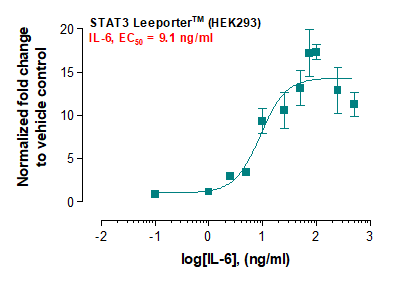Anti-PAG / Cbp Polyclonal Antibody
Shipping Info:
For estimated delivery dates, please contact us at [email protected]
| Format : | Purified |
| Amount : | 0.1 mg |
| Isotype : | Rabbit IgG |
| Purification : | Purified from rabbit serum by precipitation methods |
| Storage condition : | Store at 2-8°C. Do not freeze. |
PAG (phosphoprotein associated with GEMs), also known as Cbp (Csk-binding protein), is a ubiquitously expressed 46 kDa transmembrane adaptor protein present in membrane rafts (glycosphingolipid-enriched microdomains), which however migrates on SDS PAGE gels anomalously as an 80 kDa molecule. Following tyrosine phosphorylation by Src family kinases, PAG binds and thereby activates the protein tyrosine kinase Csk, the major negative regulator of the Src family kinases. Signaling via the B-cell receptor in B cells or high affinity IgE receptor (FcepsilonRI) in mast cells leads to PAG increased tyrosine phosphorylation and Csk binding, while T cell receptor signaling causes PAG dephosphorylation, loss of Csk binding and increased activation of the protein tyrosine kinase Lck.
Immunoprecipitation Western Blotting Immunohistochemistry Positive tissue:tonsil, colon germinal center
For Research Use Only. Not for use in diagnostic/therapeutics procedures.
| Subcellular location: | Cell membrane |
| Post transnational modification: | Phosphorylated by FYN on Tyr-317 in resting T-cells; which promotes interaction with CSK. Dephosphorylated by PTPRC/CD45 upon TCR activation; which leads to CSK dissociation. May also be dephosphorylated by PTPN11. Hyperphosphorylated in mast cells upon FCER1 activation. Phosphorylated by LYN. |
| Tissue Specificity: | Ubiquitously expressed. Present in germinal center B-cells, plasma cells, T-cells, monocytes and platelets (at protein level). |
| BioGrid: | 120931. 42 interactions. |
|
There are currently no product reviews
|

















.png)














